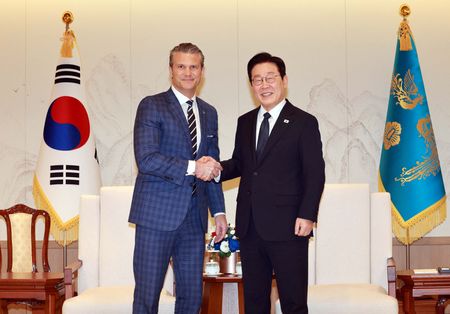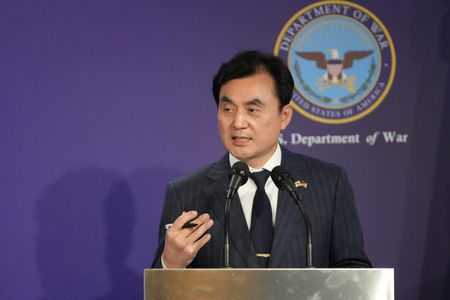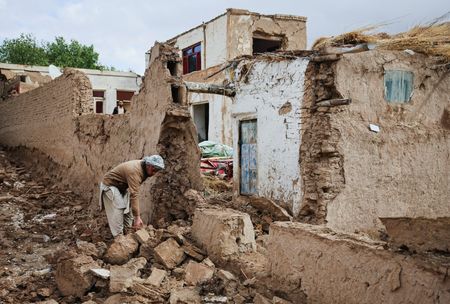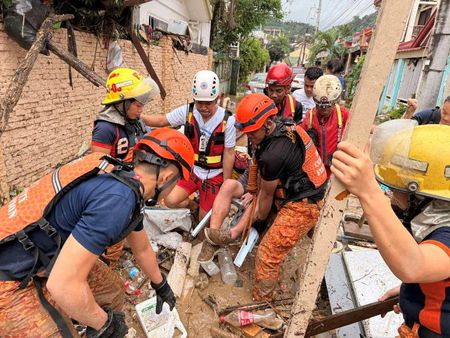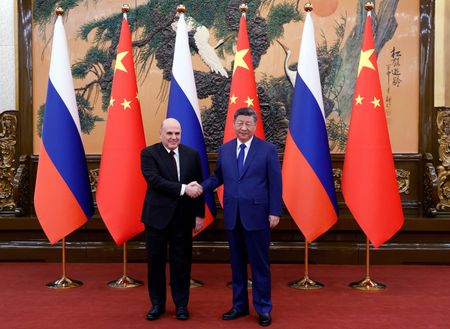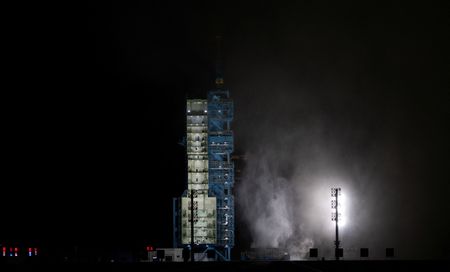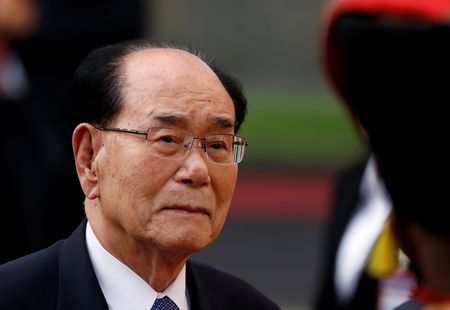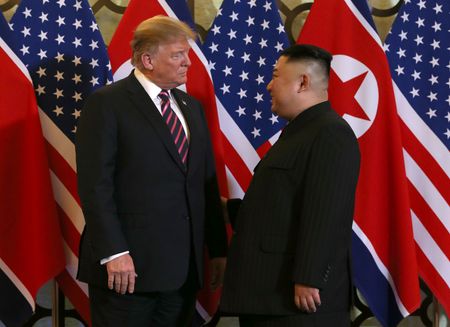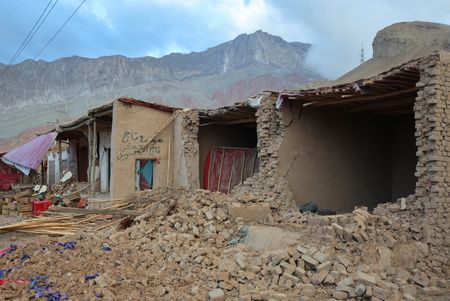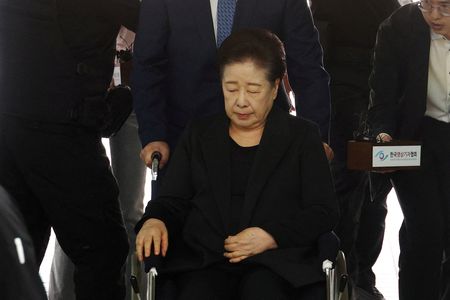By Joyce Lee
SEOUL (Reuters) – The United States will look at “flexibility” for its troops stationed in South Korea to operate against regional threats, but the focus of the alliance will remain on deterring North Korea, U.S. Defense Secretary Pete Hegseth said on Tuesday.
He spoke alongside his South Korean counterpart during a visit to South Korea that earlier included a trip to the Demilitarised Zone on the border with North Korea.
When asked whether the 28,500 U.S. troops stationed in South Korea might be used in any conflicts beyond the peninsula, including with China, Hegseth told a briefing that protecting against nuclear-armed North Korea is the goal of the alliance.
“But there’s no doubt that flexibility for regional contingency is something we would take a look at,” he said.
South Korean Defence Minister Ahn Gyu-back accompanied Hegseth to the DMZ on Monday and observed combined military displays.
U.S. officials have signalled a plan to make U.S. forces more flexible to potentially operate outside the Korean peninsula in response to a broader range of threats, such as defending Taiwan and checking China’s growing military reach.
SOUTH KOREA WORKING TO EXPAND DEFENCE CAPABILITIES
South Korea has resisted the idea of shifting the role of U.S. troops, but has worked to grow its defence capabilities in the past 20 years, with the goal of being able to take on a wartime command of the combined U.S.-South Korean forces. South Korea has 450,000 troops.
President Lee Jae Myung, in a meeting with Hegseth, said a key goal of his administration is achieving such “operational control” of allied forces in the event of a conflict, which could help the United States focus on other regions.
“If the capabilities of our military are greatly strengthened and South Korea takes the lead in defending the Korean Peninsula, the defence burden of the United States in the Indo-Pacific region will also be reduced,” Lee said, according to a statement from his office.
The allies had also agreed to have South Korea maintain and repair U.S. ships, allowing them to stay in the area and be ready if needed, Hegseth said.
U.S. President Donald Trump’s decision to support South Korea’s plans to build nuclear-powered submarines was driven by his desire to have strong allies, Hegseth said.
“And because Korea has been a model ally, he’s open to opportunities like that, that ensure they have the best capabilities in their own defence and alongside us as allies.”
South Korean officials have said they could launch a nuclear-powered submarine by the mid-2030s if provided with fuel from the United States.
When asked about concerns that South Korea could pursue its own nuclear weapons, Ahn noted it was a signatory to the Nuclear Non-Proliferation Treaty.
“Therefore, there will be no development of nuclear weapons in the Republic of Korea,” he said.
(Reporting by Joyce Lee and Heejin Kim; Writing by Josh Smit; Editing by Sharon Singleton)

